“How to Prepare for Your First High-Altitude Hike in Hunza”
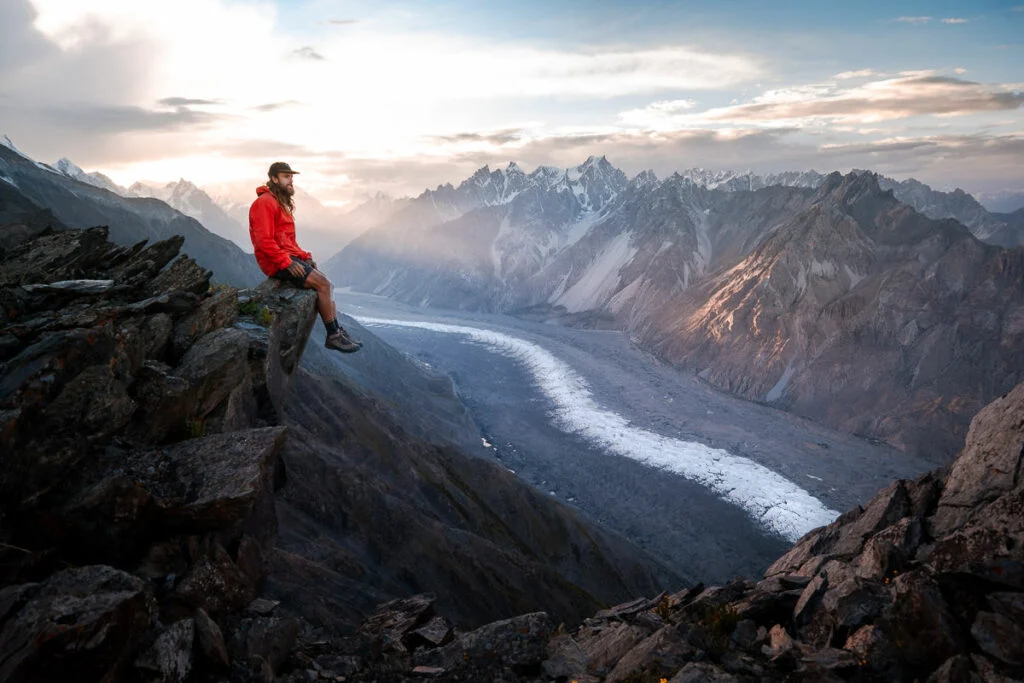
To prepare for your first high-altitude hike in Hunza, prioritize acclimatization, fitness training, and proper gear. Acclimatize gradually by spending time at increasing altitudes, and build endurance with cardio and strength training exercises. Pack appropriately for cold, dry conditions and be aware of altitude sickness symptoms, ensuring you have a first-aid kit and communication plan.
1. Understanding High-Altitude Hiking
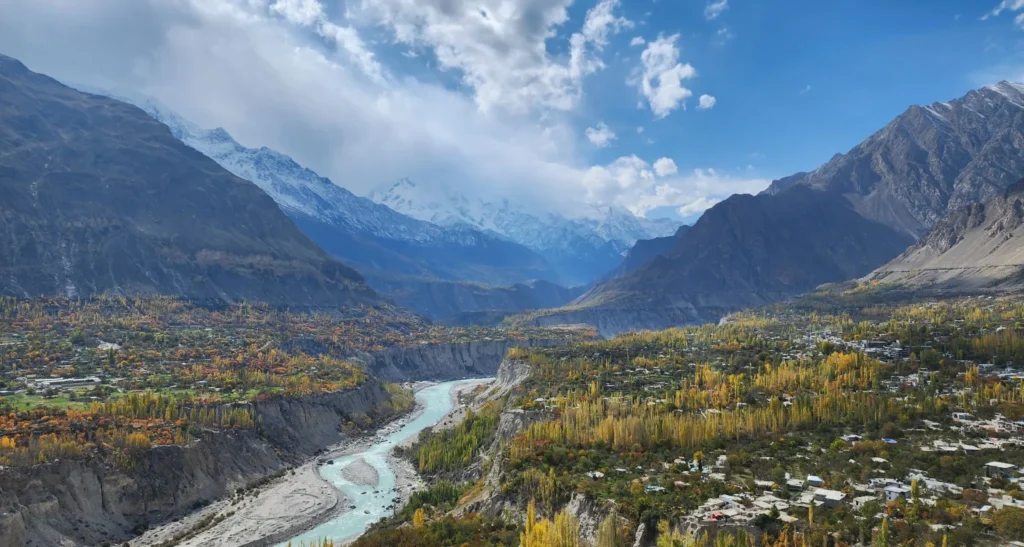
High-altitude hiking refers to trekking at elevations above 2,500 meters (8,200 feet). Hunza’s famous trails like Ultar Sar Base Camp, Passu Glacier Trek, and Batura Glacier Trek often exceed this height. The lower oxygen levels, unpredictable weather, and rugged terrain make these hikes challenging but rewarding.
Common High-Altitude Risks:
- Acute Mountain Sickness (AMS)
- Dehydration
- Fatigue
- Hypothermia
2. Best Time to Hike in Hunza
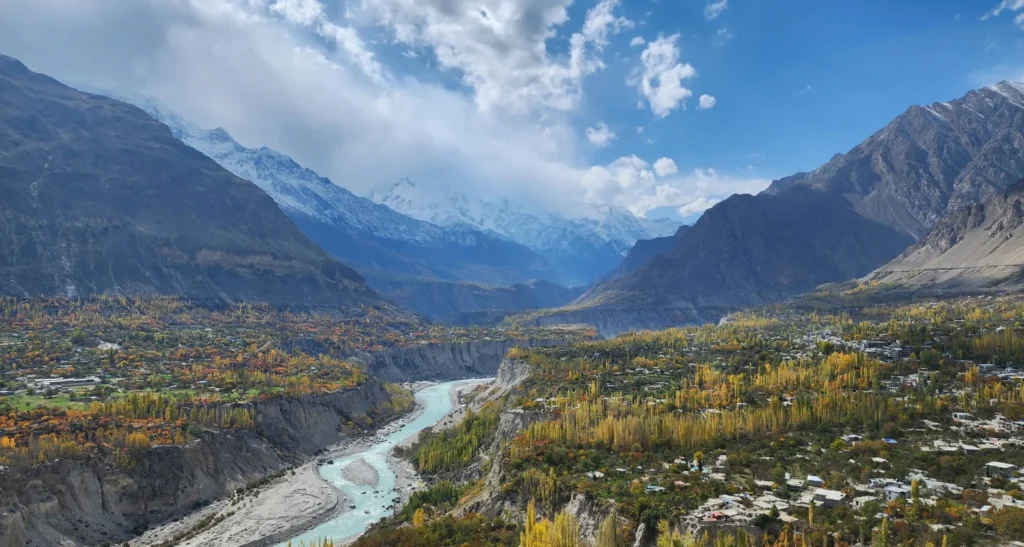
- Spring (April to June): Melting snow, blooming flowers, pleasant weather.
- Summer (July to September): Best visibility, open trails.
- Autumn (October): Vibrant fall colors but colder nights.
Avoid winter unless you are an experienced snow trekker.
3. Selecting the Right Trail

Beginner-Friendly High-Altitude Trails:
- Eagle’s Nest to Duikar Viewpoint: Easy, short, great for acclimatization.
- Passu Glacier Trek: 5 km, moderate, stunning glacier views.
Moderate to Challenging Trails:
- Ultar Sar Base Camp Trek: 6-8 hours, steep climbs.
- Batura Glacier Trek: 3 days, remote and wild.
4. Physical Preparation
- Start training 4–6 weeks prior.
- Cardio workouts: Jogging, cycling, swimming.
- Leg strength: Squats, lunges, stair climbing.
- Hiking with a weighted backpack: Simulate trail conditions.
Acclimatization Plan: Spend 1–2 days in Hunza before hiking to adjust to altitude.
5. Essential Gear Checklist
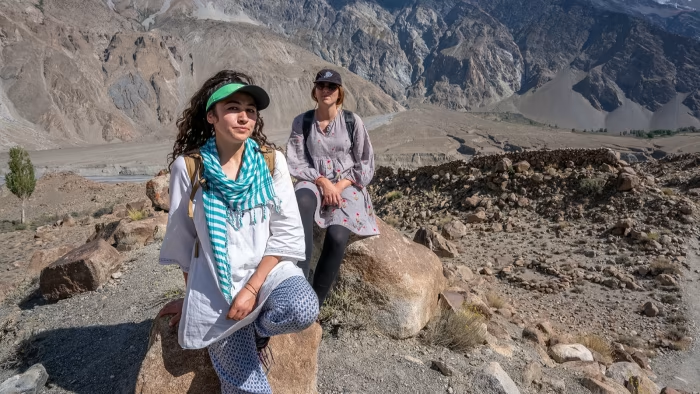
- High-quality hiking boots
- Layered clothing (thermal, fleece, waterproof jacket)
- Trekking poles
- Hydration bladder or water bottles
- Energy snacks
- First aid kit
- Sunglasses (UV protection)
- Sunscreen (SPF 50+)
- Headlamp
- Map/GPS
6. Managing Altitude Sickness
- Ascend gradually.
- Stay hydrated.
- Avoid alcohol.
- Use Diamox (after consulting a doctor).
- Descend immediately if symptoms worsen.
7. Safety Tips
- Inform locals or hotel about your trekking plan.
- Hire a local guide for challenging treks.
- Keep emergency contacts handy.
- Carry extra food, water, and clothing.
8. Accommodation Options in Hunza
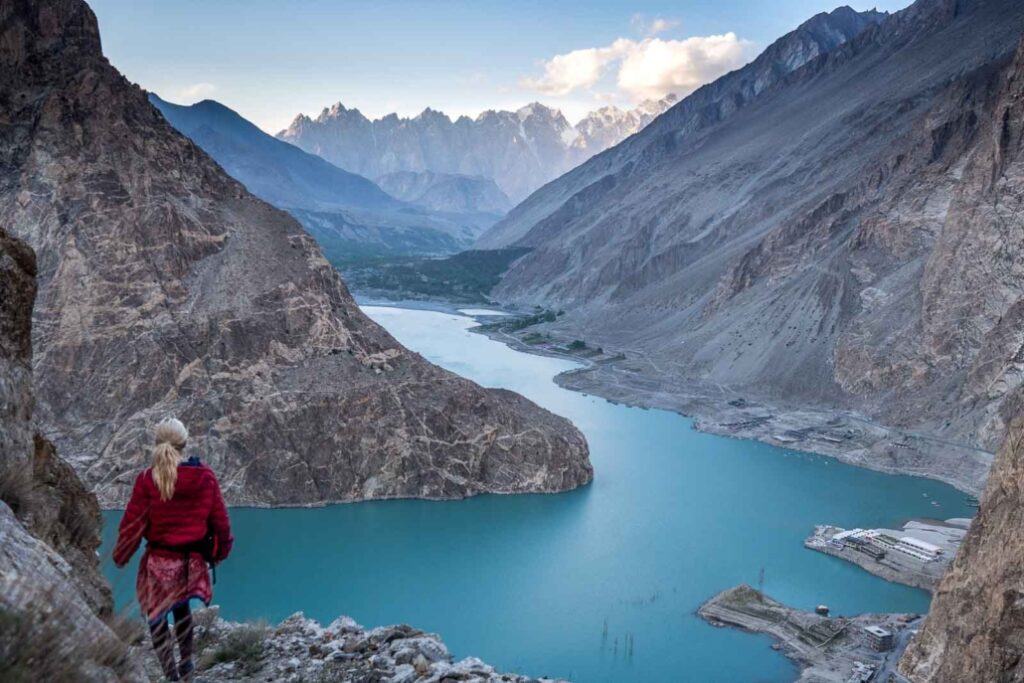
- Hotels & Guesthouses: Karimabad, Altit, Passu.
- Camping Sites: Near glaciers and lakes.
- Home Stays: Experience local culture.
9. Budget Planning
| Expense | Estimated Cost (PKR) |
|---|---|
| Transport (Islamabad to Hunza) | 12,000 – 20,000 |
| Accommodation (per night) | 2,500 – 6,000 |
| Food (per day) | 1,500 – 3,000 |
| Guide Fee (optional) | 5,000 – 10,000 |
| Miscellaneous | 5,000 – 8,000 |
10. Cultural Etiquette
- Dress modestly.
- Always ask before taking photographs.
- Greet locals with “Salam”.
- Respect religious sites.
11. Top Scenic Spots on Hunza Trails
- Hussaini Suspension Bridge
- Passu Cones Viewpoint
- Attabad Lake
- Eagle’s Nest
- Borith Lake
12. Environmental Responsibility
- Carry trash back.
- Use biodegradable products.
- Stick to marked trails.
- Avoid campfires in restricted areas.
13. Pros & Cons of High-Altitude Hiking in Hunza
Pros:
- World-class scenery
- Rich cultural experiences
- Affordable for international and local travelers
Cons:
- Physical strain
- Risk of altitude sickness
14. Sample 3-Day Itinerary
Day 1: Arrive in Hunza, rest, explore Karimabad.
Day 2: Acclimatization hike to Eagle’s Nest.
Day 3: High-altitude trek to Passu Glacier.
15. Frequently Asked Questions (FAQ)
Q: Is a guide necessary for first-timers?
A: Highly recommended for safety.
Q: How to prevent altitude sickness?
A: Gradual ascent, hydration, and acclimatization days.
Q: Is internet available on trails?
A: Limited to non-existent.
Conclusion
A high-altitude hike in Hunza is a rewarding adventure that requires proper physical, mental, and logistical preparation. By following this guide, first-timers can ensure a safe, enjoyable, and unforgettable trekking experience amidst some of the most stunning landscapes in the world.

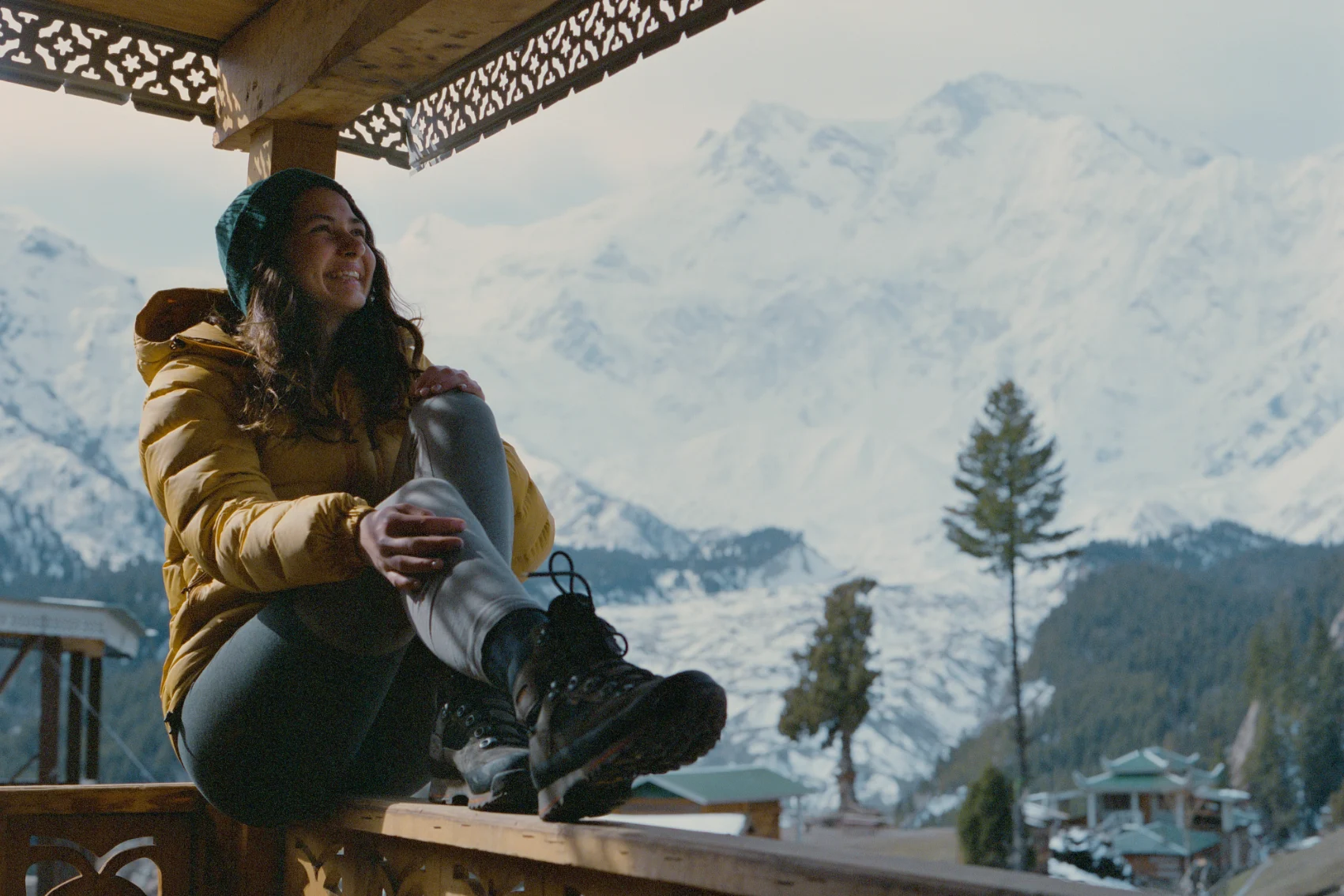
One response
Nice